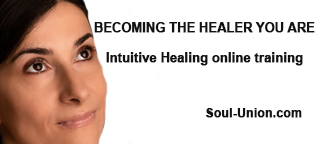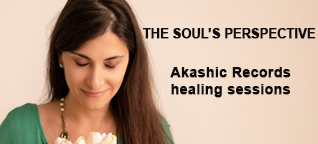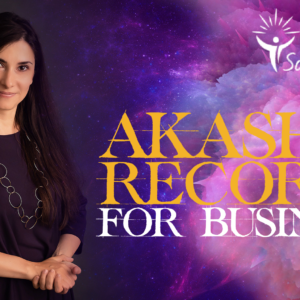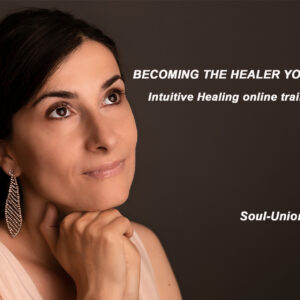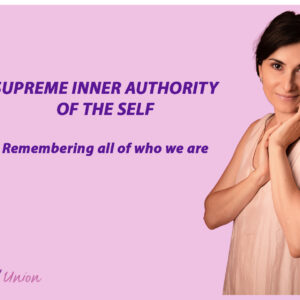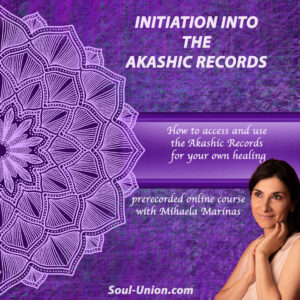Relaxation techniques
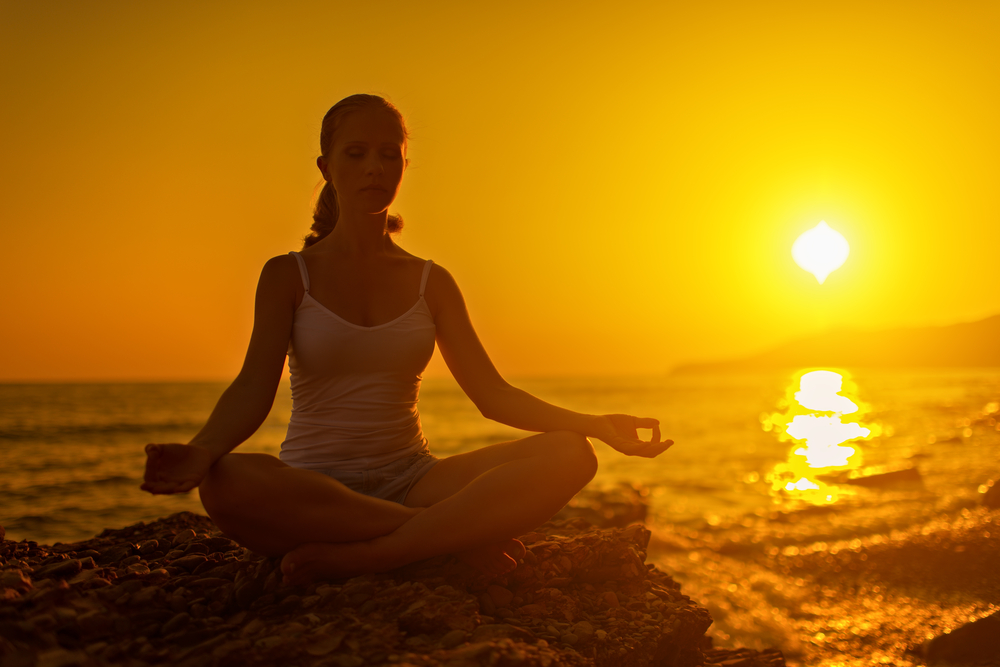
Relaxation techniques are so important to integrate in our lives nowadays. I am not exaggerating when I say that the future belongs to the relaxed ones.
It is extremely important to learn the significance of relaxation. And to discover new relaxation techniques in order to bring relaxation to our lives.
There are several relaxation techniques that might help you reduce the tension of your muscles. And also understand the effects of a fight-or-flight situation on your body.
They are truly important if you need to think clearly when you are under pressure.
These relaxation techniques are: deep breathing, progressive muscular relaxation and “The relaxation response”.
Deep breathing
Deep breathing is a simple but very effective method of relaxation. It is a valid technique when we say “take ten deep breaths” to someone who needs to calm down, and also in Yoga relaxation or Zen meditation.
In combination with other relaxation techniques such as progressive muscular relaxation and meditation, it is extremely useful in reducing stress.
To use the technique, you only have to take a number of deep breaths and relax your body further with each breath.
This is how you tell your brain that you choose life. You love life and choose to function at maximum parameters every day. If you also straighten your spine intentionally, it is good to know that no situation will seem hard or insurmountable anymore.
Progressive muscular relaxation
Progressive muscular relaxation is useful for relaxing your body when your muscles are tense.
The idea behind this technique is that you tense up a group of muscles so that they are as tightly contracted as possible.
Hold them in a state of extreme tension for a few seconds. Then, relax the muscles normally. Then, consciously relax the muscles even further so that you are as relaxed as possible.
By tensing your muscles first, you will find that you are able to relax your muscles more than would be the case if you tried to relax your muscles directly.
Experiment by clenching your hand as tight as you can for a few seconds. Relax your hand to its previous tension, and then consciously relax it again so that it is as loose as possible. You should feel deep relaxation in your hand muscles.
The relaxation response
“The Relaxation Response” is the name of a book published by Dr. Herbert Benson of Harvard University in 1968.
Benson established that these relaxation techniques had a strong effect on reducing stress and controlling the fight-or-flight response.
Direct effects included deep relaxation, slowed heartbeat and breathing, reduced oxygen consumption and increased skin resistance.
This is something that you can do for yourself by following these steps:
- Sit quietly and comfortably.
- Close your eyes.
- Relax the muscles of your feet and work up your body relaxing muscles.
- Focus your attention on your breathing.
- Breathe in deeply and then let your breath out. Count your breaths, and say the number of the breath as you let it out (this gives you something to do with your mind, helping you to avoid distraction).
Do this for ten or twenty minutes.
Let’s start giving ourselves some daily time for relaxation!

